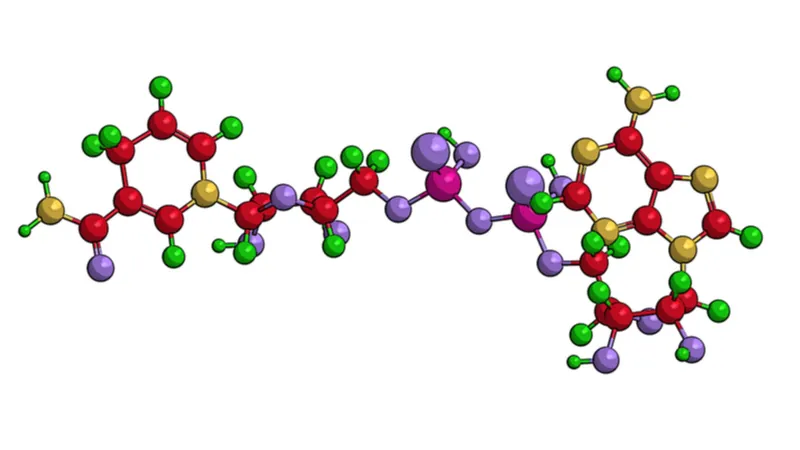Reviewing CD38, a Regulator of NAD+
- New paper takes an in-depth look at the immunomodulatory molecule CD38.

We recently explored why NAD+ declines during aging, and today, we want to spotlight a new review that takes a deep dive into CD38, one of the reasons for this decline [1].

Read More
The review focuses on one of the primary culprits of NAD+ decline, the enzyme CD38, which actively consumes NAD+ in ever-increasing amounts as we get older. CD38 is one of the sources of inflammaging, the age-related background of chronic inflammation.
CD38 is a membrane-bound NADase that hydrolyzes NAD+ to nicotinamide and (cyclic-)ADP-ribose. It is associated with immune responses and energy metabolism, but it is also a NADase whose levels rise during aging, with a corresponding increase in NADase activity and a decrease of NAD+.
One source of CD38 is the senescence-associated secretory phenotype (SASP), which is secreted by senescent cells, a reason we are thought to age. Senolytics, drugs that reduce the presence of senescent cells, may therefore help to reduce CD38.
In a broader sense, any therapy that can reduce chronic inflammation could potentially reduce the presence of CD38 and help NAD+ levels to rise to more youthful levels again.
This review is a worthwhile read as it explores the biology of CD38 in depth and seeks to address some of the gaps and contradictions in current scientific knowledge.
CD38 is a molecule that can act as an enzyme, with NAD-depleting and intracellular signaling activity, or as a receptor with adhesive functions. CD38 can be found expressed either on the cell surface, where it may face the extracellular milieu or the cytosol, or in intracellular compartments, such as endoplasmic reticulum, nuclear membrane, and mitochondria. The main expression of CD38 is observed in hematopoietic cells, with some cell-type specific differences between mouse and human. The role of CD38 in immune cells ranges from modulating cell differentiation to effector functions during inflammation, where CD38 may regulate cell recruitment, cytokine release, and NAD availability. In line with a role in inflammation, CD38 appears to also play a critical role in inflammatory processes during autoimmunity, although whether CD38 has pathogenic or regulatory effects varies depending on the disease, immune cell, or animal model analyzed. Given the complexity of the physiology of CD38 it has been difficult to completely understand the biology of this molecule during autoimmune inflammation. In this review, we analyze current knowledge and controversies regarding the role of CD38 during inflammation and autoimmunity and novel molecular tools that may clarify current gaps in the field.
Conclusion
There are still some gaps in our understanding of CD38, and reviews like this help to collate information and to probe those holes in our knowledge. The focus for some of the research community is starting to shift away from trying to compensate for the loss of NAD+ through precursors, such as niacin, NR, and NMN, and move towards addressing the reason that NAD+ declines in the first place. CD38 is an obvious target for such efforts, and if it can be properly understood and calibrated via therapeutic approaches, it may facilitate effective restoration of NAD+ to a youthful level.
Literature
[1] Piedra-Quintero, Z. L., Wilson, Z., Nava, P., & Guerau-de-Arellano, M. (2020). CD38: An Immunomodulatory Molecule in Inflammation and Autoimmunity. Frontiers in Immunology, 11, 3111.







